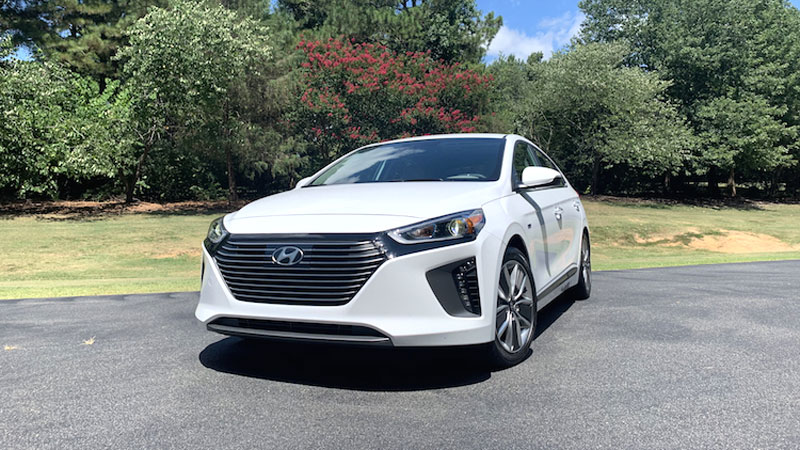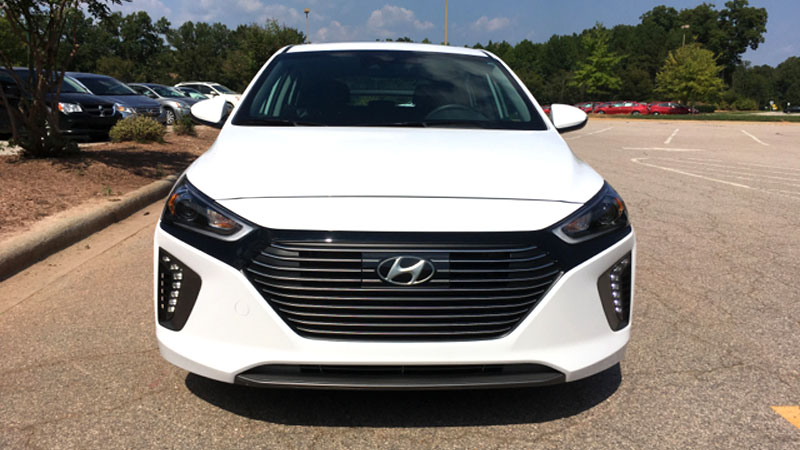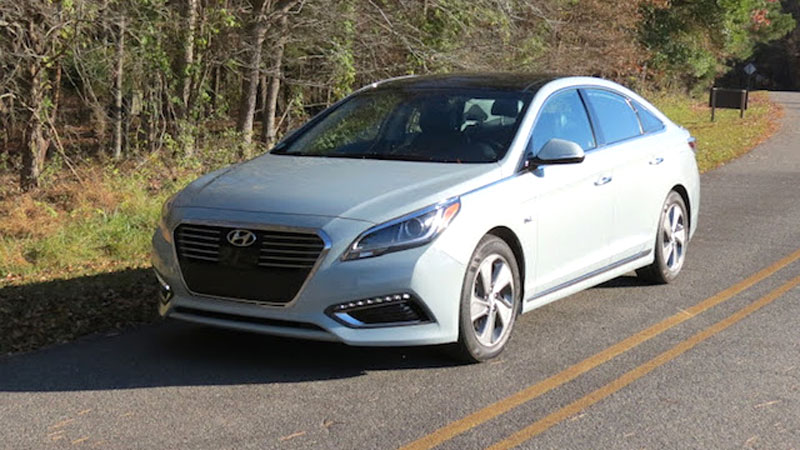2019 Hyundai Ioniq Hybrid (Practical Eco-Friendly Hatchback)
We’ve passed the tipping point where crossovers and similar people movers are outselling cars across the United States. Truly, the majority of customers shopping for a new vehicle prefers a utility vehicle or pickup truck to the coupes, sedans, and wagons that once represented the car market. An important sub-set … Read more



